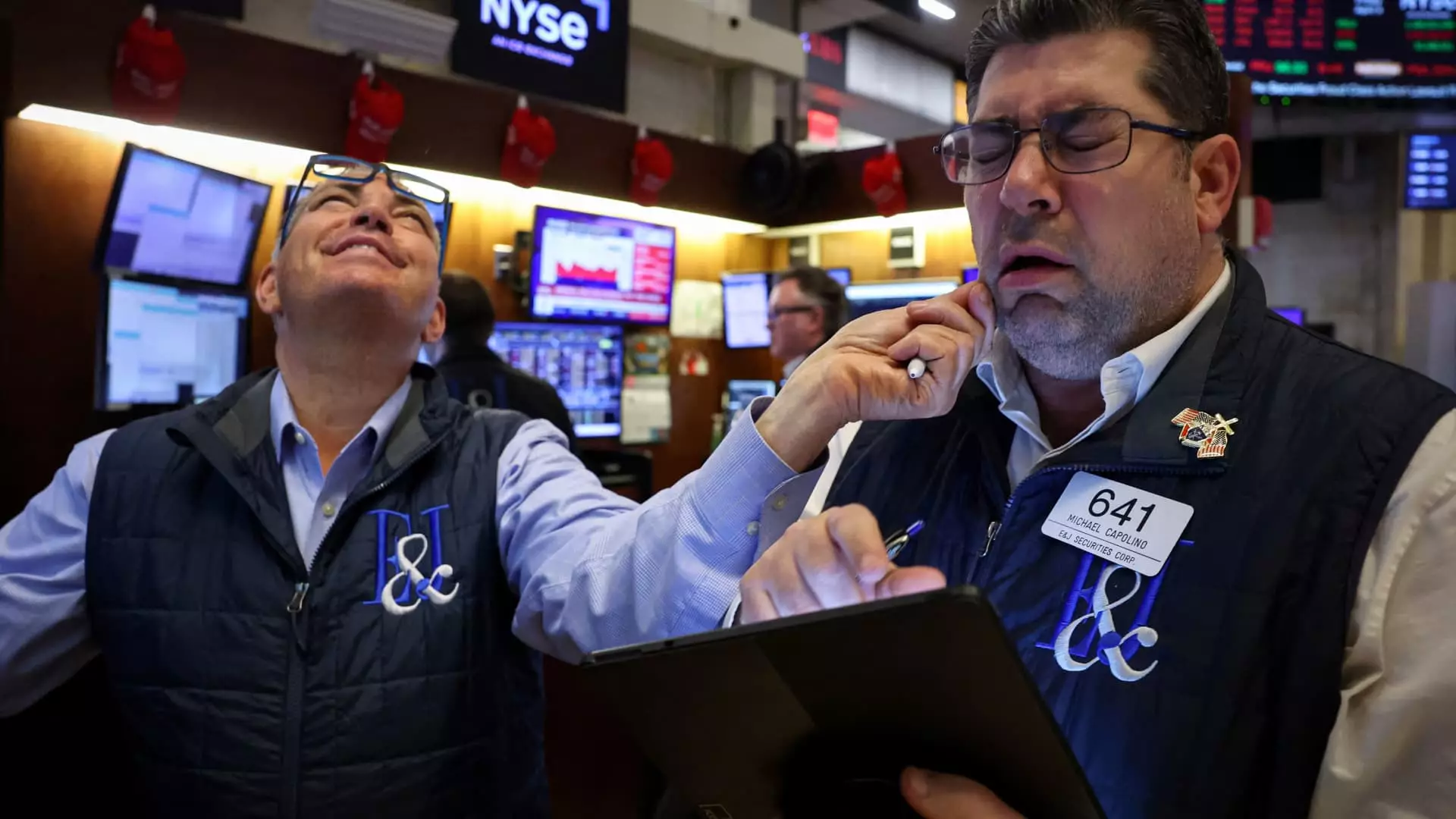Before a seemingly routine Wednesday, analysts projected that President Donald Trump’s tariffs would pose a problem for financial markets and the broader economy—a troublesome impediment that could, with some effort, be managed. What transpired, however, was a descent into economic chaos that far surpassed the worst possible scenarios imagined by even the most pessimistic forecasters. This was not merely a case of the U.S. imposing reciprocal tariffs on trading partners to level the playing field; instead, it mushroomed into a crisis that jeopardized both international relations and domestic economic stability.
The pivotal moment occurred during Trump’s Rose Garden press conference, where he, in an almost jocular tone, proclaimed his intentions to “pry open foreign markets.” Rather than a well-neighbored negotiation, the administration unveiled a dramatic tariff plan on a global scale. The tariffs would surge from a meager 2.5% to over 20%, echoing levels unseen since 1910 and dangerously reminiscent of the Smoot-Hawley tariffs that many economists mark as a standout contributor to the Great Depression.
This reckless plunge into protectionism was not merely a miscalculation; it was a glaring endorsement of anti-globalist sentiment that contradicted the principles of free trade that have, for decades, underpinned economic growth worldwide. Trump’s aggressiveness signaled a disregard for the intricate web of global commerce, plunging us into uncharted territory fraught with unprecedented risks.
A Global Backlash
The immediate fallout was palpable. Within days, markets reacted violently to this unanticipated upheaval, sending the Nasdaq Composite spiraling into bear territory—a disconcerting drop that shook the confidence of investors and analysts alike. The rhetoric around opening foreign markets quickly dissolved into a reality of alienation, as countries that traditionally maintained diplomatic and economic ties to the U.S. began retaliating with tariffs of their own. China’s immediate counteraction of implementing 34% tariffs highlighted a new cold economic war, while the European Union and even Canada scrambled to construct countermeasures, thereby turning what could have been a chance for negotiation into a full-blown trade skirmish.
What does this mean for the U.S. economy? It was already operating on razor-thin margins, heavily reliant on consumer spending, and the trade deficit looming at nearly $903 billion exacerbated the issue. Any claims from the White House suggesting a potential easing of tensions felt increasingly hollow when weighed against such staggering numbers. Investors, demoralized by uncertainty, opted to flee the stock market, exacerbating already volatile conditions. The administration’s inability to communicate clear objectives led to a crisis of confidence, splintering stock value and working against the very goals Trump professed to uphold.
A Wounded Economy
Moreover, it is essential to unpack the economic mathematics that seemingly guided these tariff decisions. Reports suggested that the criteria used were fundamentally flawed, deriving from a simplistic model that considered only the trade deficit without contemplating the complexities of global trading relationships. Such misguided policies punish high-deficit nations regardless of their trade restrictions without fostering any productive dialogues. This approach diluted any legitimacy in the administration’s claims of pursuing reciprocity, replacing sound economic strategies with blunt force tactics that lack nuance or foresight.
Federal Reserve Chair Jerome Powell’s cautious response to the tariffs served as another grim reminder of the impending economic headwinds. His assertion that rising tariffs would hasten inflation and stymie growth has set a tone of grim realism around an administration that appears more concerned with pleasing its base than correcting course. It brought attention to the stark reality that these tariffs represent a strategic blunder of historical proportions, with potential long-lasting ramifications that could stymie recovery for years to come.
The Fight for Credibility
In the aftermath, while some remaining loyalists applaud Trump’s unwavering commitment to his approach, the overall sentiment among economists and market participants is one of trepidation. The president’s resolute insistence that “policies will never change” reveals a dangerous inflexibility, amplifying fears in the market. Such unwavering conviction lacks grounding in the practical realities that govern economic interaction on a global scale.
The chaos unleashed by these tariffs may lead to a profound shift in how trade agreements are negotiated in the future. The old notions of trade cooperation are being dismantled, paving the way for a more discordant economic landscape. Though the Stock Traders Almanac remains reticent regarding predictions of a full-blown bear market, the potential for structural damage seems undeniable.
This may represent a turning point not merely for Trump’s presidency but also for the broader narrative of global trade. As America grapples with its position in an increasingly interconnected world, the triumph of protectionism heralds troubling times ahead. The imperative for a reasoned, measured approach to international trade is more crucial now than ever, particularly when confronted with the realities of an erratic administration willing to gamble with the nation’s economic stability.


Leave a Reply